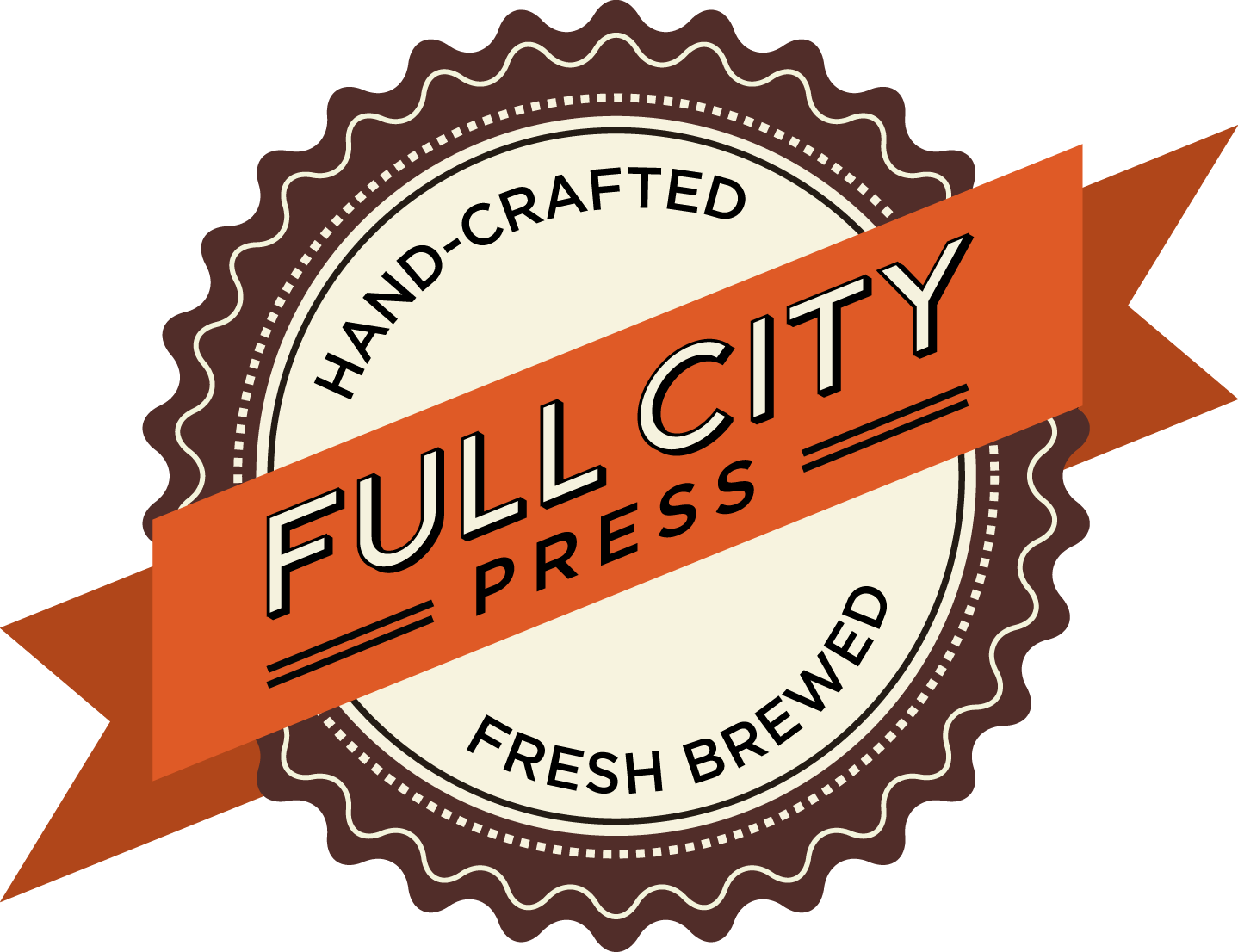When the original iPad was released, I, of course, wanted to get it. But I had an internal struggle, one which I hadn’t quite felt when it came to buying a new device out of Cupertino — there wasn’t a clear place for it in my digital life. I had my MacBook Pro. I had my iPhone. The iPad was new, and it wasn’t clear if it be a fad or not.
I bought the first iPad, and found it useful for some tasks, like browsing, email, and Twitter. As developers made new apps for it, I found a few more uses. But one of the things that kept me from using more than I expected was the iPad being hindered by its shape. It was hard to hold comfortably, and it wobbled when it was set on a table. It had just an odd-enough shape to make it difficult to read for long and to type.
So I was pleased when the iPad 2 fixed that problem. A relative wanted to buy my original iPad, so I upgraded to the 2. By this time, the iPad app ecosystem was established, and I found myself able to do many things on the iPad that I would normally turn to my Mac for. And in addition to the better shape of the back, combined with the Smart Cover, I found myself taking my iPad all sorts of places. Since late-2011, I have found myself using the iPad nearly as much as, if not more than, my Mac.
I remember how astounded I was a couple years ago when I upgraded from the iPhone 3G to the iPhone 4. Not only was it markedly faster, the brand new retina display left me in awe. It was simply…unbelievable. Everything on the screen was so clear, so crisp, that it looked as if the display were a glossy photograph. And thanks to the iPhone 4’s LCD being laminated to the glass, everything displayed looks as if it were painted on the glass.
I still catch myself being amazed by it.
The iPhone 4 was released after the original iPad. From the moment I saw the retina display of the iPhone, I knew we would eventually see it in an iPad. As we all know by now, that day has come.
The New iPad’s marquee feature is the retina display. It’s beautiful. Where the iPhone’s retina display looked like a printed photograph, the iPad’s looks like a glossy magazine. The retina display shows off sharp text and photos. Colors are richer and more vibrant than ever.
However, the pixels don’t look painted on the glass, since the iPad’s LCD and glass are not laminated. The two do seem to be closer together than on previous iPads.
The retina display is truly the big seller for most people. When you see it, you’ll know why.
The other big draw is something I can’t testify to, as I purchased the Wi-Fi only model. The models that can connect to a cellular network now use LTE, which, from all accounts I’ve read, is ridiculously fast.
The rear camera saw a huge improvement, and equals the same clarity of 2010’s iPhone 4.
Some internal things were bumped up, as well. The GPU is now quad-core to handle a couple million more pixels and RAM was increased to 1GB from 512MB.
But how does the new iPad feel in use? Honestly, a lot like the iPad 2. Animations are definitely smoother, but overall performance feels a lot like an iPad 2.
That’s not the only thing that feels like an iPad 2. It physically feels the same, even though it technically isn’t. The new iPad got a half-millimeter thicker and an ounce or two heavier. I think both of these are due to the much larger battery inside, which is needed to keep the retina display going for the same 10-hours of use the iPad is known for.
Truthfully, I can’t perceive the increased thickness. I noticed the weight right away, but it is far less than the original iPad, and after nearly two weeks, I’ve become used to the extra ounce or two.
It’s also been going around the web that the new iPad gets hot on the lower left corner. There is a definite warm spot after a while, but I wouldn’t call it hot by any means. It is warm, and just warm. The difference is barely perceptible from the ambient temperature.
Where the original iPad and the iPad 2 felt like something from the future, the new iPad may as well be pure fantasy, because the screen is just that good. Apple has continued to chisel away at this idea that computers are complex. The truth is that all computers are quite complex. Complexity has this unfortunate side-effect of causing people to be apprehensive. For too long people have had to attempt to decipher a bunch of technical specifications to sort out whether they are getting the right computer.
The iPad puts an end to that. Worry less about how fast the processor is or how much memory is included. Pick it up. Use it. It’s fast. It works. And you won’t believe your eyes.

